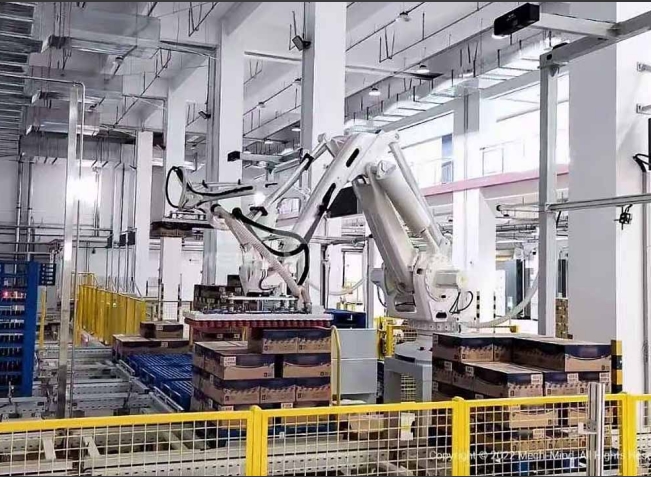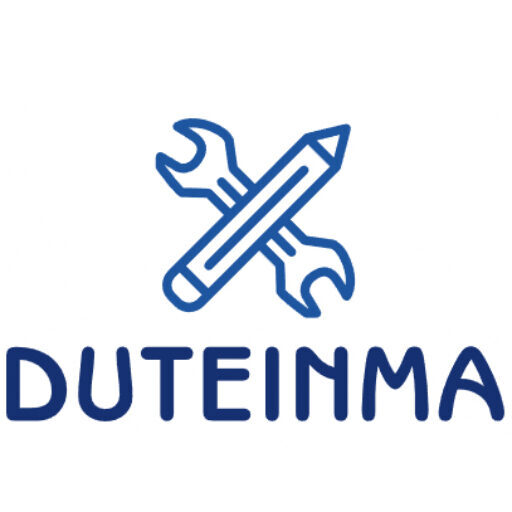لماذا تعتبر أتمتة المستودعات خطوة ذكية للأعمال 2025
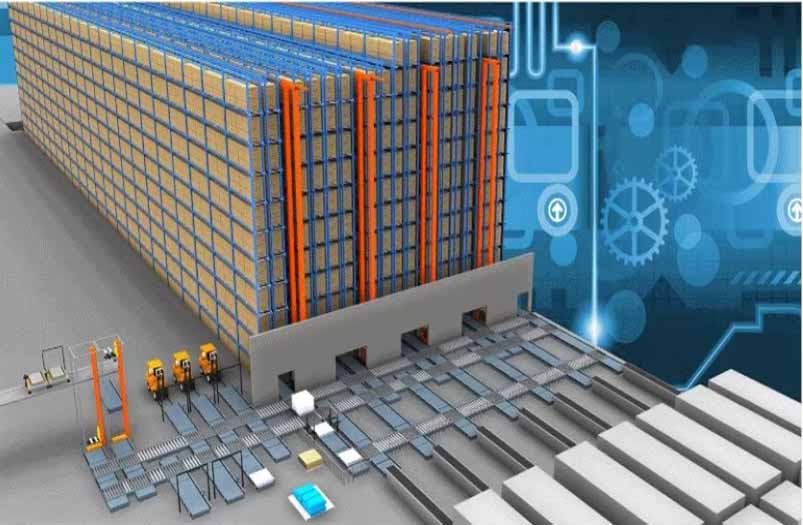
What Is Warehouse Automation?
Warehouse automation means using machines and software to do warehouse work.
It helps workers move faster and make fewer mistakes. Robots can carry boxes. Computers can track stock. Some tools can even pack items on their own.
Automation helps in many ways:
It saves time
saves money
helps your team do better work
You don’t need to replace your workers. Automation works with your team, not against them.
It makes the hard parts of warehouse work easier, safer, and faster.
Why Warehouse Automation Matters More Than Ever
The world has changed. Online shopping is huge.
Customers want fast shipping. They don’t like waiting. Businesses that ship slowly lose sales.
At the same time, it’s hard to find workers. Wages are going up. Mistakes cost more.
Automation solves many of these problems.
Robots don’t get tired
Software doesn’t forget things
Systems can work 24/7
If you want to stay ahead in 2025, smart tools in your warehouse are no longer a bonus. They’re a must.
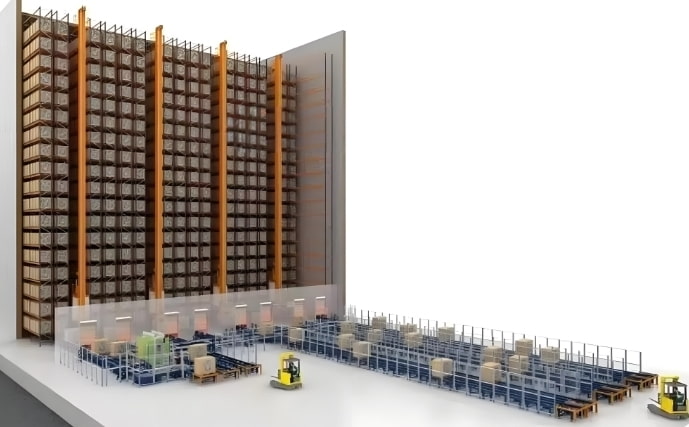

Big Benefits of Smart Warehouses Automation
Automated warehouses can help your business grow. Here’s what they improve:
 Metric Metric | Before Automation | After Automation |
|---|---|---|
| Picking Accuracy | 92% | 99.5% |
| Order Speed | 90 min | 30 min |
| Labor Cost per Order | $3.50 | $1.20 |
| دقة المخزون | 88% | 99% |
You can:
Ship orders faster
Make fewer packing errors
Lower your costs
Use your space better
It also helps you avoid returns and delays, which keep your customers happy.
Warehouse Automation Common Misunderstandings
Many people are unsure about warehouse automation. That’s normal.
Let’s look at a few common worries — and the truth behind them.
❌ It’s too expensive
✅ Some tools are affordable and easy to install.
❌ only for big companies
✅ Even small warehouses can start small and grow.
❌ takes jobs away
✅ It actually helps workers do more valuable tasks.
❌ hard to set up
✅ Many tools are simple to use and run on the cloud.
You don’t need to change everything. Just improve one area at a time.
أتمتة المستودعات:How to Start Small and Win Big
Starting with automation doesn’t have to be hard.
Here’s a simple plan:
خطوة 1: Find Your Problem Area
Where are things slow? Where do most mistakes happen?
خطوة 2: Choose One Tool
Try a barcode scanner. Or test a robot cart in one aisle.
خطوة 3: Measure What Changes
Are things faster? Are workers happier? Are costs going down?
خطوة 4: Grow From There
If it works well, try adding tools in other areas.
You don’t need to go all-in on day one. Start simple. Scale smart.
Real Example: Warehouse Automation Big Results From a Small Start
One retail company had trouble packing orders on time.
They tried using robot carts in just one part of their warehouse. These robots carried goods from shelves to workers.
After 6 شهور, here’s what changed:
Packing time dropped by 60%
Mistakes went down
Workers were less tired
Customers got their orders faster
Now the company is adding more robots and smart shelves. They’re growing faster than ever.
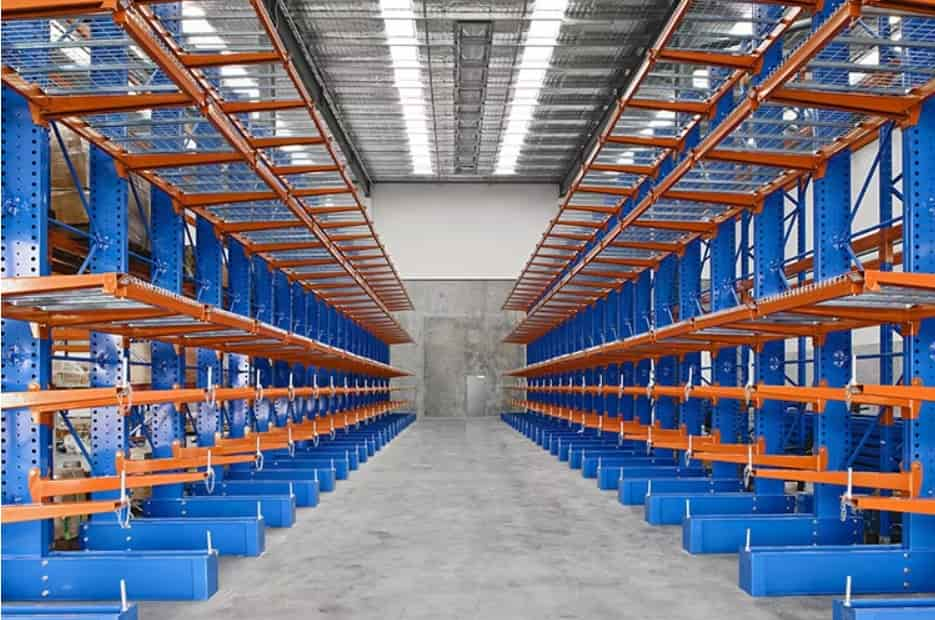
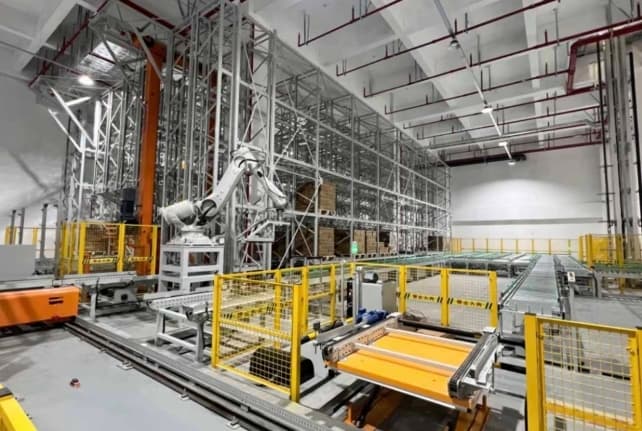
Warehouses Automation:Let Your Data Work for You
Automated systems give you useful numbers.
You can see:
How long each order takes
Where slowdowns happen
How much stock you have
Which areas are the busiest
With clear charts and dashboards, it’s easy to spot problems — and fix them fast.
The Future of Warehouses Automation
Warehouse tools are getting smarter every year. Here’s what’s coming next:
Robots that learn from data
Small “micro-warehouses” near cities
AI that predicts orders before customers click “Buy”
Cloud systems that connect everything
If you want to stay ahead in your industry, start thinking about automation today.
Final Thoughts: Don’t Wait to Warehouses Automate
Warehouse automation helps you:
✅ Save money
✅ Ship faster
✅ Reduce errors
✅ Make your team’s job easier
You don’t have to spend millions. You just need to start.
The sooner you begin, the faster you’ll see results. Whether you sell online or stock shelves, smart tools can help you grow.
 Ready to Warehouses Automate Your Warehouse?
Ready to Warehouses Automate Your Warehouse?
Let’s talk about your warehouse goals. We’ll help you pick the right tools for your team, your space, and your budget.
